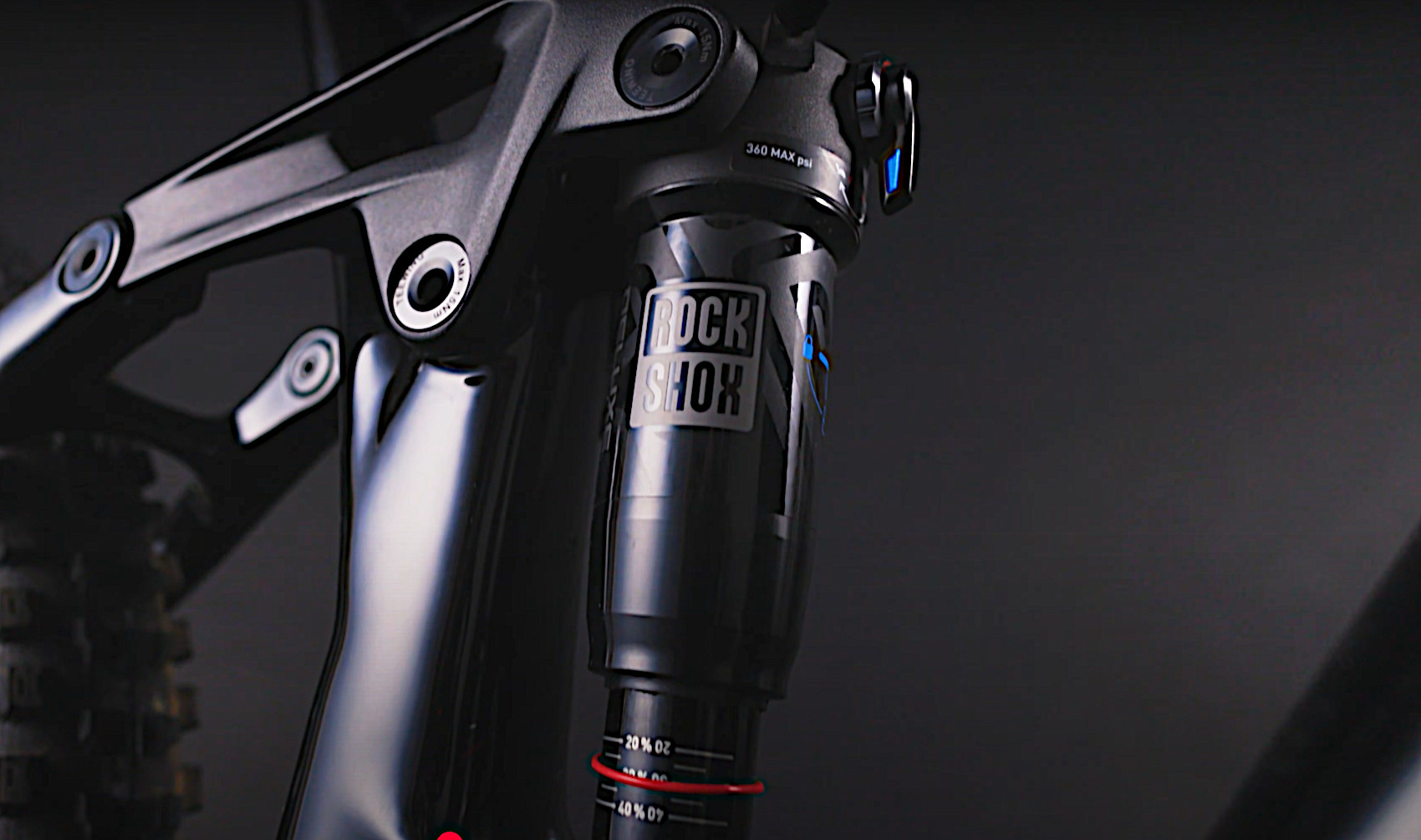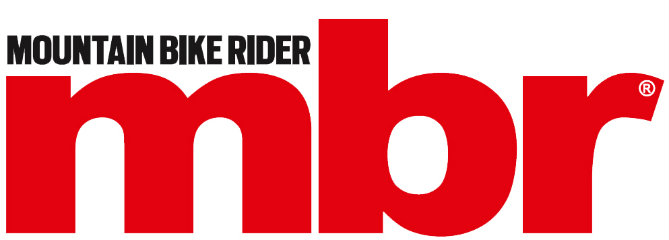The Teewing Turbo Force e-bike unboxed - I compare the DJI Avinox-powered e-bike with Amflow’s PL Carbon, check out the spec, weight it all and measure the actual suspension travel
The Teewing Turbo Force is one of just six DJI-powered e-bikes on the market right now – it’s been inspired by the Amflow PL Carbon, gets the same travel and suspension design, and plenty of the same components. The big question though, is it superior to the best electric mountain bike out there, and better than the Amflow?
I’ve got hold of the Teewing ahead of time to try and figure it out. There’s a full test coming, but the first step is to get it into the workshop and run through its real world geometry, sizing, spec and measure the travel. This is what I found…

The Teewing Turbo Force looks pretty similar to the GT Force, with the same suspension layout
Teewing frame and suspension design
First up though, the Teewing Turbo Force is a pretty terrible name for a mountain bike. IMHO. It’s also remarkably similar to the bike it shares a silhouette with, the GT force. Both bikes have the same vertical shock position and swooping top tube, and the same four-bar suspension layout.
There’s no collaboration here between Teewing and GT though sadly, the US stalwart has now “paused” operations in 2025 but it’s not thrown its weight behind the new Chinese brand.
What is clear from looking at the Teewing is that it’s really very similar in frame design to the Amflow PL Carbon, arguably the best electric bike with a DJI Avinox motor in it so far. It shares the same four-bar suspension setup as the Amflow, albeit with a vertical rather than horizontally mounted shock, the same travel (150mm with a 160mm fork) and the same shock eye to eye and stroke measurements – 185x55mm.

The RockShox Deluxe Select + is a proven performer, in the past it’s proved supple and supportive
Shock and fork
Teewing has specced a RockShox Lyrik base model fork, something I’ve not ridden before on any bike. Inside is one of RockShox’ most basic dampers, in the Rush RC. There’s a three position compression dial, a rebound adjuster and a valve to set the air spring, but not much else to fettle. The shock is more high end, with a RockShox Deluxe Select+. For reference, Amflow went to Fox instead, with a Fox Float Performance shock and Fox 36 Float Performance Grip fork.
I’ve ridden the Teewing since measuring the bike in the workshop, and found the fork underwhelming while the back end was smooth and controlled. It’s early days, but I’d consider swapping out that basic Rush RC in the fork for the new RockShox Charger 3.1 damper. This would give better control and grip, and a comfier ride too, all for around £200. Spending more money is probably the last thing you want to do after forking out for a new bike, but I think here it would be worth the trouble.

SRAM’s Motive brakes are upgrades from the entry level Turbo Force
Pricing
The Teewing Turbo Force is €6,699 on the Continent, and should cost a little more than £6,699 when it comes to the UK later this summer. That makes it around £700 more than the Amflow, although Teewing has yet to confirm those prices.
There is a better value Turbo Force in the range though, which will be close to £5,500 when it comes to the UK later this summer, undercutting the Amflow by some £500.
The difference between the two Turbo Force bikes is almost entirely down to the drivetrain, and not the motor, battery, or suspension. The only exception is the entry level bike doesn’t get the fast charger.
The pricier Teewing Turbo Force gets a SRAM GX Eagle drivetrain and SRAM Motive brakes though, while the cheaper Turbo Force XT uses a Shimano XT drivetrain and Shimano four-piston stoppers.
Personally, I’d gladly ditch the SRAM Motives and GX drivetrain and save over £1,200 on the bike price. I might miss the fast charger though, because it reportedly goes from 0% to 75% in just 1.5 hours… the entry level Turbo Force could take 4.5 hours to do that.

Dissector tyres have no place for me on an e-bike, where I need more grip and support
Wheels
The Turbo Force uses Breo-X1701E wheels. Yup, I’ve never heard of them either. But they look identical to the Amflow-branded hoops we tested on the PL Carbon. In the flesh both front and rear feel really heavy in comparison with higher end wheels, like the DT Swiss HX531 30mm rims I’ve been riding recently.
The Turbo Force also has the exact same tyre combo as the Amflow, which proved too flimsy, we’re talking about a Maxxis Assegais with EXO+ and MaxxTerra on the front, and a Maxxis Dissector MaxxTerra EXO+ on the back. The front needs a grippier compound Assegai, in my experience, and the back needs a totally different model like a DHRII.

Goodbye Amflow magnetic door, hello crummy, rubbery bung
Avinox motor
I won’t go into the motor details here, except to say Teewing has opted for the largest, 800Wh battery pack, rather than the 600Wh. What’s missing though is the magnetic self closing door we saw aboard the Amflow. The Turbo Force instead uses a rubbery bung, which is a shame as the Amflow door worked so well.
Geometry measured
The size Large Turbo Force gets a real world reach measurement of 477mm, which is just 1mm longer than the claimed Teewing data sheets, and 7mm longer than the Amflow we measured. The Turbo Force also has a longer head tube than the Amflow – put those together and the new bike here has more space for the rider and should feel slightly bigger than the Amflow.
Using an anglefinder, the Turbo Force gets a 64.3° head angle, which is almost identical to the Amflow. It’s about on point with the latest 150mm travel e-bikes in recent years too: identical to the Transition Regulator CX XT e-bike, for example. The Teewing has a reasonable steep 77.3° seat tube angle.
The other measurement you need to know about is the bottom bracket height, or how close the bike sits to the ground. I measured the Turbo Force at 344mm, which is on the high side for a 150mm bike. Never mind, my plan is to put a 27.5in rear wheel in there instead, lowering the BB by at least 8mm.

At 22kg the Turbo Force isn’t heavy, but you’ll need to add a few hundred grams to that with more robust tyres
Weight
On the scales the Teewing is about as you’d expect for a 150mm travel carbon fibre bike and an 800Wh battery. 21.9, 400g heavier than the Amflow. This can probably be explained by the extra weight of the linkage in the suspension design, and small variances in spec like the shock and fork.
Suspension travel
The mbr method for working out a bike’s real world travel is to measure the vertical distance between the wheel at full extension, and at full compression. So not the distance it travels on its arc, but the up and down travel. Here the Turbo Force comes out 5mm shy of the advertised travel, at 145mm.



